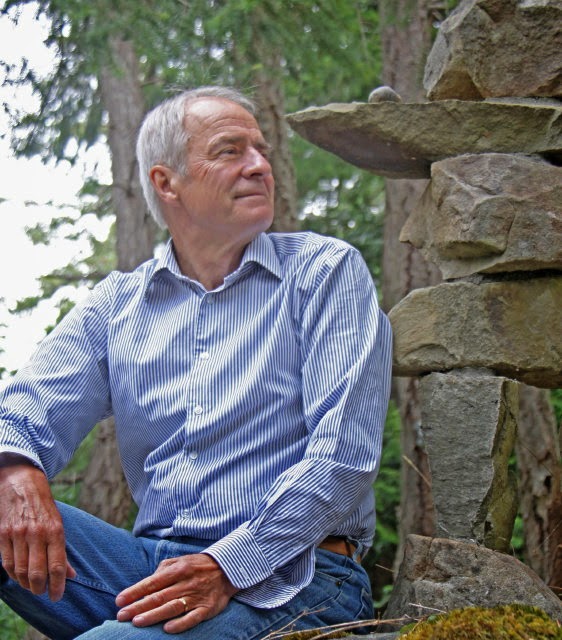Visiting the
archipelago of Chiloé, about halfway between Santiago and Patagonia in the long
string-bean of Chile, was like stepping a century back in time. Driving to our
hotel we crossed a soft, rolling, green countryside not unlike New Zealand dotted
with fluffy sheep and yellow gorse. A farmer was turning his field with two
oxen yoked to a plow, seagulls flocking behind.
The island,
I discovered, is an exotic place of subtle appeal. In Castro, the main town, we
saw palafitos (houses on stilts), fishing boats unloading salmon and shellfish,
and a man building a large wooden boat using a chainsaw and hammer. Entering
the market, the aromas of
strange spices, meats and cheeses enveloped me. Another section displayed a kaleidoscope of colourful woolen scarves and handicrafts. The rolling Rs and sibilant Ss of Spanish filled our ears. I was surprised by the amount of seaweed being sold, especially bull kelp, which
was tied up in box-like form. And potatoes of many strange shapes and colours reminded me that Chiloe is where the world’s spuds began. It has about 400
varieties.
A favourite
memory is of the approximately 75 churches dating from the18th and 19th
centuries, made of native timber and found in even the tiniest village. Many of
the domed roofs look like ships’ hulls, reflecting the local talent for ship-building.
Sixteen churches are UNESCO World Heritage Sites.
 Best … the
indigenous people, the Huilliches, believe in trolls, ghouls and mythological
lore. Although mostly Catholics, they often visit shamans, instead of doctors.
Witches are powerful and deal with many disputes. And there are enchanting
legends. The Trauco, for example, is a forest dwarf who covers himself in bark
becoming irresistible to virgins, a scenario often used to explain unwed
pregnancies in villages.
Best … the
indigenous people, the Huilliches, believe in trolls, ghouls and mythological
lore. Although mostly Catholics, they often visit shamans, instead of doctors.
Witches are powerful and deal with many disputes. And there are enchanting
legends. The Trauco, for example, is a forest dwarf who covers himself in bark
becoming irresistible to virgins, a scenario often used to explain unwed
pregnancies in villages.
We entered
the Chiloe National Park on the west
coast, a land of wind-blown wetlands and bright
green forests. A penguin colony lives near here and blue whales, dolphins, sea
lions and sea otters swim offshore.
That evening
we recounted the day’s adventures over glasses of full-bodied Chilean wines while
savouring a traditional gastronomic treat, the curanto. A hole in the ground is
filled with layers of mussels, clams, beef, pork chicken, sausage and potatoes between
large nalca (rhubarb) leaves and cooked over hot rocks for hours. Yummy!
Chiloé was fascinating,
and I loved its slow-paced way of life. I didn’t, however, wander into the
forest at night.









